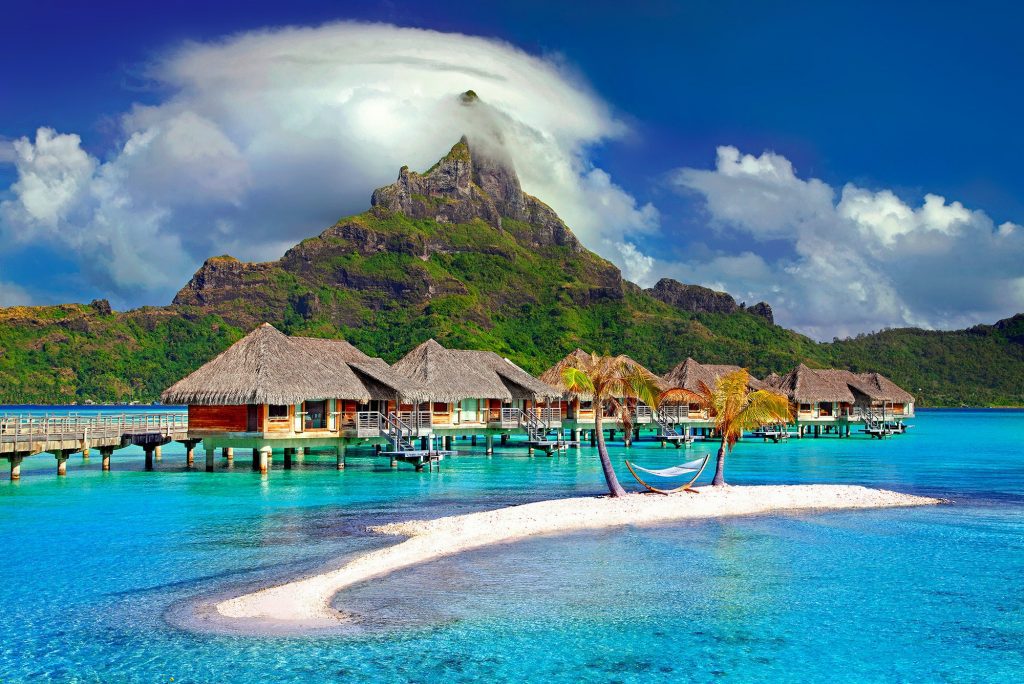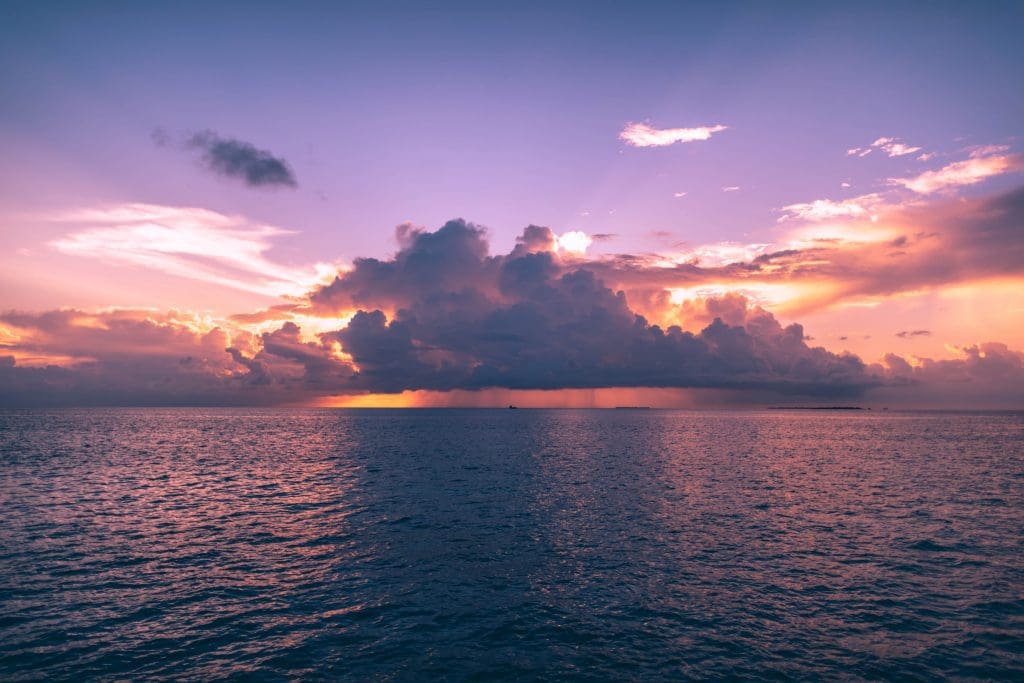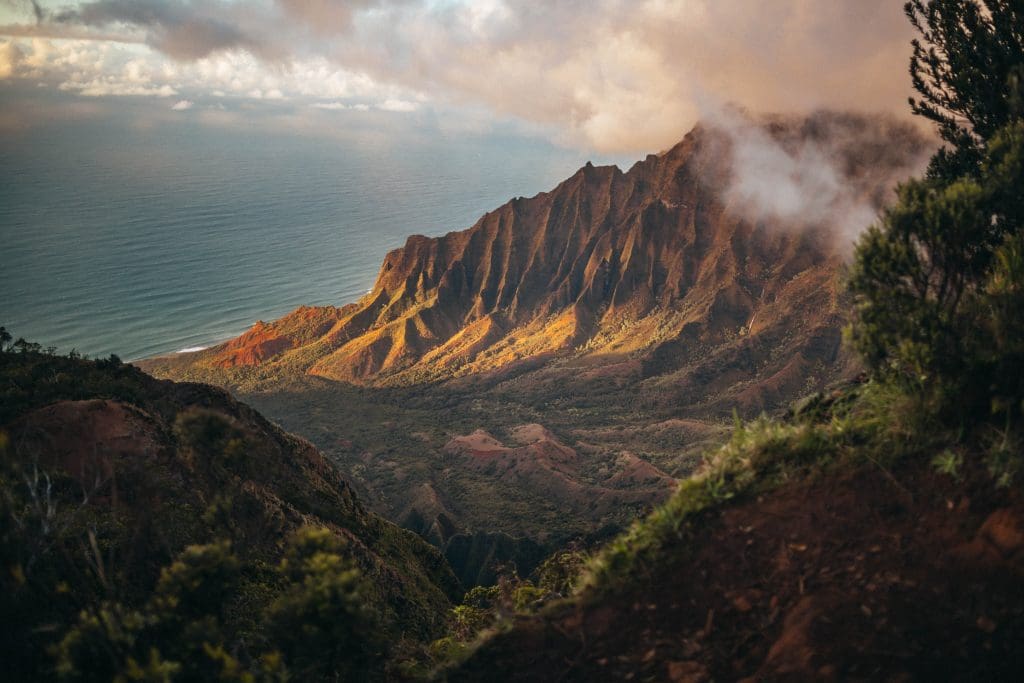The quality of your landscape photos depends on the quality of available sunlight. However, it’s not always possible to choose a day with better weather conditions or a different time of the day to take photos. Sometimes you just have to work with the given sunlight and make the best of it. Knowing the light direction of your landscape at different times can help you plan your trips.
Sunlight has three characteristics – light direction, light intensity, and light color – and each of them influences your compositions and adds something to your visual story. So it’s not enough to have wonderful scenery in front of the camera; you should also consider the effects of light on the end result. Here is how the direction of sunlight affects your landscape photos.
Top lighting
At midday, the sun has the highest position in the sky and illuminates the landscape from above. Top lighting reduces the shadows to a minimum and hides the distances between elements, making the landscape look flat. Most landscape photographers stay away from the midday sun. Yet it can be useful in a few situations.
Top lighting doesn’t work well for landscapes with distinctive shapes such as hills, mountains, and rocks. For those, conveying the feeling of a 3D space is essential. Instead, the flat-looking aspect works very well for flat landscapes such as fields, beaches, lakes, and oceans. It creates a minimalist effect and allows you to get creative with other elements such as color, contrast, and textures.
Bonus tip: If you photograph water at midday, use a polarizing filter to avoid reflections.

Photo by Ákos Szabó from Pexels
Front lighting
Front lighting has a similar effect with top lighting but at a lower scale. When the sunlight comes from behind the camera, it reduces shadows and brings the elements of the scenery closer together. Like with top lighting, you lose the sense of depth, which most landscape photographers want in their photos.
There are ways to add a sense of depth even with front lighting. For example, you can include a leading line that emphasizes the distance between elements. Or you can add a foreground element to capture the viewer’s attention and create a strong focal point.

Photo by Julius Silver from Pexels
However, front lighting means that the sun is somewhere between the horizon and its highest point in the sky. If you aren’t committed to a subject, you can simply change the position of the camera and photograph something that benefits from side lighting or backlighting.
Backlighting
When the sun is in front of the camera, your subject will be illuminated from behind. It’s a great opportunity to photograph silhouettes or capture the sun’s rays. Backlighting works very well at sunrise and sunset when the sky is a subject by itself and provides amazing colors. It also works very well when the sun is filtered by branches, rocks, or clouds. However, backlighting can be challenging especially if your camera doesn’t have a wide dynamic range. Having the sun in front of the lens creates a very bright area (the sky) and a very dark one (the subject). You can choose which one you want to expose correctly and under/overexpose the other one. Also, you can use exposure compensation to try to reduce the damage or take multiple photos with different exposures and stack them using a photo editor.

Photo by Roberto Nickson from Pexels
Side lighting
Having the sunlight come from the side is the favorite lighting of landscape photographers. Side lighting produces interesting shadows, contrast, and saturated colors. It allows you to capture the smallest details and create sharp photos. Side lighting during the golden hours makes the landscape look like a fairytale land, shiny and colorful.
Use side lighting with scenery with distinctive shapes and allow the shapes of nature to be the star of your composition. Focus on lines, textures, and colors, and make sure you deliver well-balanced compositions that invite the viewer to enter the frame.

Photo by Roberto Nickson from Pexels
Light direction dramatically changes composition, camera settings, and the meaning of your photos. The other two characteristics of sunlight have something to say too. Check out our blog to find out more about using natural light in landscape photography.

